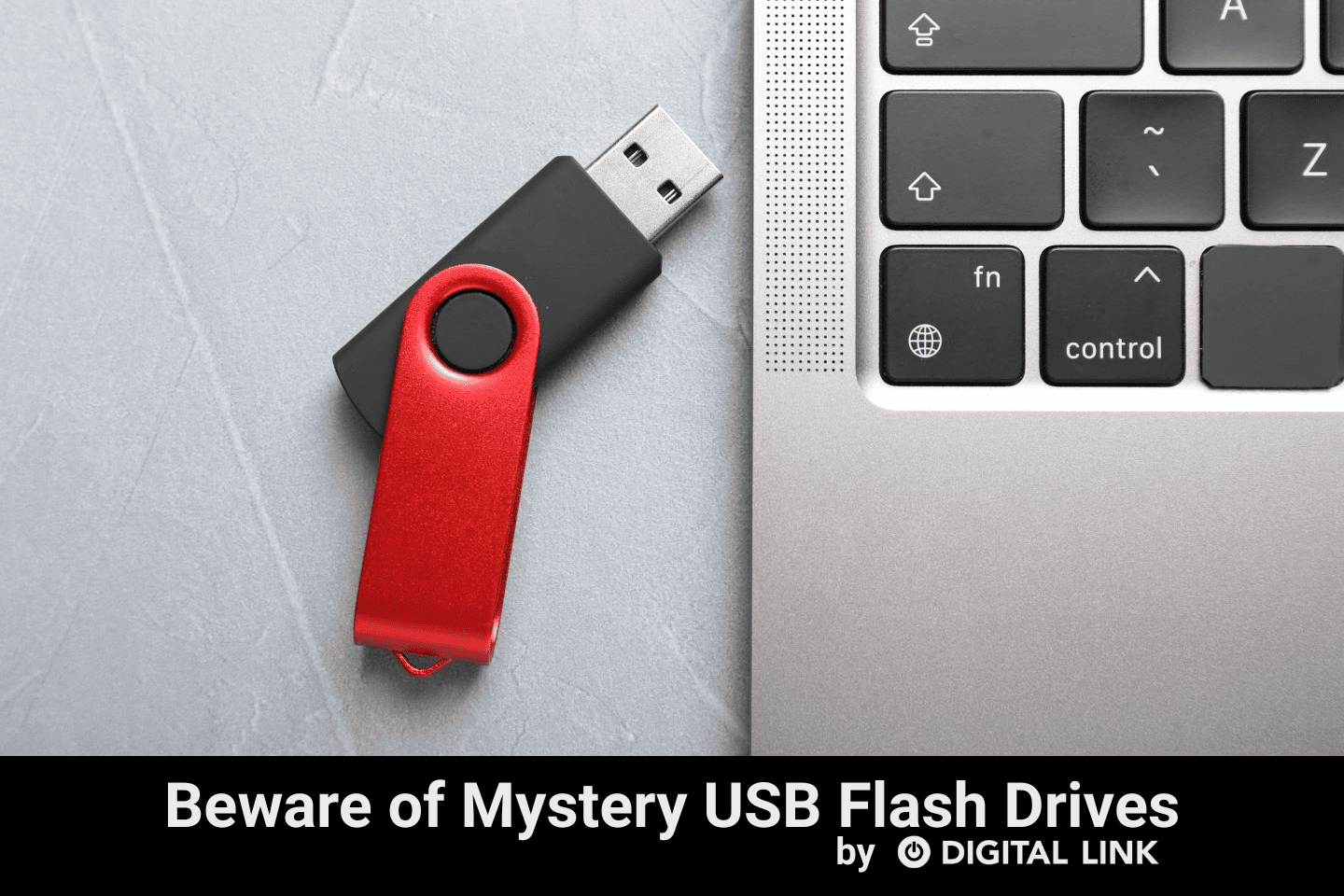
Thomas Edison famously said, “I have not failed. I’ve just found 10,000 ways that won’t work.”
Were he alive today, Edison would no doubt have felt at home in Silicon Valley or one of the world’s other tech hubs. Hubs which, for every successful app or new social media platform, produce a veritable parade of unsuccessful products—most of which never see the light of day.
It is a cliche of course that nobody succeeds without a procession of failures, but we still do an inadequate job of celebrating failed attempts. In the digital sphere in particular, trends move at such breakneck speed that today’s social media tool-du-jour is completely forgotten tomorrow.
For this list I will not be including platforms like Myspace and Vine which, despite their current obsolescence, were for a time world-beaters on the social media scene. No, for the purposes of this list we will be zeroing in on the platforms that, despite impressive marketing pitches, never truly caught on and quietly disappeared with almost nobody noticing.
Pheed
Remember Pheed? Unless you were a skater kid in 2013 or a social media “guru” determined to uncover the next big thing at around the same time, it was probably never on your radar. Launched in October 2012, Pheed combined the microblogging format of Twitter with a unified platform for sharing all forms of digital content, including photos, audio clips, voice notes, video, and live broadcasts. It also allowed users to directly sell their creative work, making it a sort of amalgam of Twitter, Instagram, Tumblr, and Etsy.
At the outset, everybody in the tech community seemed to love it. Forbes called it “Twitter with a business plan”. Celebrities like Miley Cyrus, David Guetta, and Chris Brown glommed onto it. For a brief period in 2013 it appeared to be a growing “thing”, overshooting both Facebook and Twitter in total growth. But that’s as good as it got for Pheed. As a social media platform that attempted to be everything for everybody, it didn’t do any of said things quite as well as the established platforms. It was shut down in 2016, having never surpassed 8 million users.
Path
Path was a social networking-enabled photo sharing and messaging service for mobile devices that shot up like a rocket and came down like a stick. Touted in the early 2010s as a potential Facebook-slayer, Path grew quickly. It surpassed 10 million users in early 2013, but hit rocks early on when the company was fined $800,000 by the US Federal Trade Commission for accessing and storing user phone contacts without permission. Path then got into further hot water for spamming contacts without permission.
As a former executive with both Facebook and Apple, Path CEO Dave Morin clearly knew how to put together a good social media platform. But sadly repeated much of the bad behaviour of his former bosses—without the protection of a too-big-to-fail company. Despite a large user base in Indonesia in particular and some massive capital injections, it never really took off. It breathed its last breath in 2018.
Everpix, Flayvr, Snapjoy & Keepsy
All four of these photo-sharing platforms were valiant entrants into a digital space now dominated by Instagram. Everpix and Snapjoy still technically have websites that do nothing but commemorate their short-lived existence, but all four are now obsolete. Snapjoy was acquired by Dropbox in 2013 and shut down shortly thereafter. Everpix was one of the earliest entrants into this domain in 2011 but ended up going bankrupt, having turned down acquisition offers from both Facebook and Dropbox. Flayvr became MyRoll, and MyRoll became obsolete.
Any one of these could conceivably have become the next big thing in digital photo sharing. Alas, none of them would be.
FriendFeed
FriendFeed was a 2007 brainchild of Paul Buchheit (best known as the inventor of Gmail), Bret Taylor (co-creator of Google Maps), Jim Norris, and Sanjeev Singh. Designed as a real-time feed aggregator, the platform’s stated purpose was to make web content more relevant and useful by allowing individuals and organizations to leverage existing social networks as a tool for relevant web content.
The platform was purchased by Facebook in 2009, which maintained it for its small but dedicated user base until it closed the service in 2015.
Google Wave, Google Buzz & Google+
Remember when everybody and their dog had a Google+ page with precisely nothing in it? This wraith of a social media platform that nobody quite knew what to do with was the company’s third and (thus far) final attempt to carve out a space for itself on social media alongside Facebook, Twitter, YouTube, and the rest, following Google Wave and Google Buzz, both of which lasted no longer than a year before being shut down.
What was the problem with Google+? Nothing really, except for the fact that by the time it emerged, the world was already firmly ensconced in Planet Facebook. Also, the platform was dogged by software design flaws that potentially allowed outside developers access to personal information of its users, which did not bode well for its flourishing. The platform underwent a radical redesign in 2015 but this did nothing to boost its popularity, and after years of languishing it was finally taken off life support in 2019.
Despite its dismal record so far in the social media sphere, Google still appears determined to triumph therein, with its latest social media entrant, Google Currents, remaining in development. Given the company’s successes in other digital domains, an unprecedented breakthrough into the social media world is not beyond imagination, but the company’s track record in this area leaves much to be desired.
Liked this article?
We are adding more useful articles to our blog every week! Join our subscribers to stay up to date on digital security, marketing, and social media trends.
By entering your email, you agree to receive our monthly newsletter. You can unsubscribe at any time!


